The average person consumes roughly 74GB of information per day – that’s the equivalent of 16 movies – and most of that’s already forgotten 24 hours later. So what does that mean for portfolio professionals trying to sell their services? Needless to say, it’s harder than ever to stand out.
Think about how much spam you receive each week through a variety of channels (email, Facebook, LinkedIn messaging); now imagine how much that is amplified for a prospective client. No wonder you didn’t get a response to that friendly email you sent them.
I know that scenario well because four years ago I boldly started my own consulting business. Needless to say, I was used to the ghost town that prospective client email responses became in those first 12 months – admittedly Covid didn’t help.
Having previously spent 12 years working for big firms, I always had a big brand behind me and that was a major factor in getting clients’ attention (be it for sales or anything else).
The day I walked away from that, everything changed. Like it or not, I had to get to grips with that and figure out a new way to get through to my target clients, otherwise my little business would be going nowhere fast.
Recognising that things had to change
I cringe, when I look back at my first year of business. Not only was I targeting the wrong people but my approach was to rely on too many emails and to be too pushy in my attempts to land work.
It didn’t matter that the people I was emailing were a mix of friends, former clients who had wished me well and old colleagues who had promised to work with me.
At the end of the day, there was limited work forthcoming.

The words of a friend (a former two-time, successful CEO) came to mind; he left his last company to set up his own coaching firm and I met him one year into his journey. His experience was tough:
“For 10 years [as CEO], I could pick up the phone to a range of people across the industry and they would answer within seconds. Now, when I ring or email those same people, they just ignore me.”
And that was a truth I was discovering far too quickly.
So what did I learn to do differently?
Fast forward to today and my business has 32 clients that include the likes of Amazon, Heineken, Marks and Spencer, Anglo American, the NHS and more; not only that but I regularly get asked to give talks and presentations about how I win work.
It’s still early days but, thanks to our refined approach, about 10% of our company’s work comes from in-bound and referrals rather than solely relying on me knocking on doors.
What I do now is night and day from where I started and a lot of that came from refining my process.
I still do a lot of outbound, and broadly my approach looks like this:

Using voice notes every day to reconnect and maintain contact with prospective clients
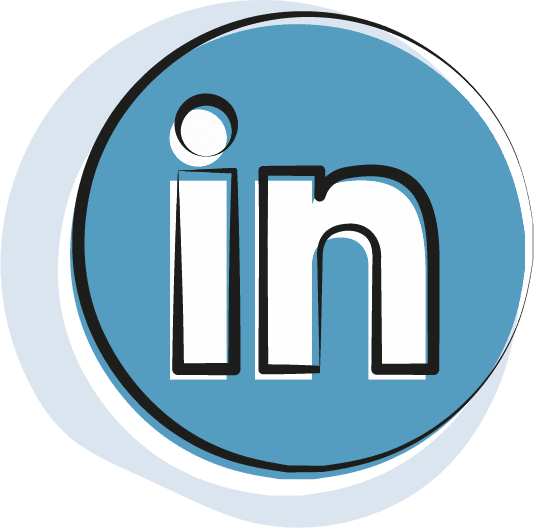
Posting daily on LinkedIn

Guest hosting 2-3 podcasts a week

Writing a weekly blog

Sending an annual start of year email to all contacts

Giving talks at events (online and in-person) to raise the company’s profile

Attending 1-2 networking events a week to meet new people
Then I get busy setting coffee dates, because that’s what actually generates the work. I average between 10-20 coffees per week, even on weeks that I have a lot of other commitments.
It’s not just the ‘What’ that has changed over the years but also the ‘How’. The quality of my voice notes has improved, the style of my writing has changed, the explanation of our services has evolved, the pitch about the company is much sharper, the way I approach coffees is fundamentally different – all of this is for the better and it did not happen by chance.
It’s about always being open to new approaches
I constantly try new things – for example, during Covid I recorded a video every day to explain what my business did in a different way and got friends to vote on it – and review the impact that each tweak has.
Without going into too much detail, my strategy for business development with someone new is effectively:

Make contact
Make sure people are aware of my business and what we offer via voice notes, talks and emails.
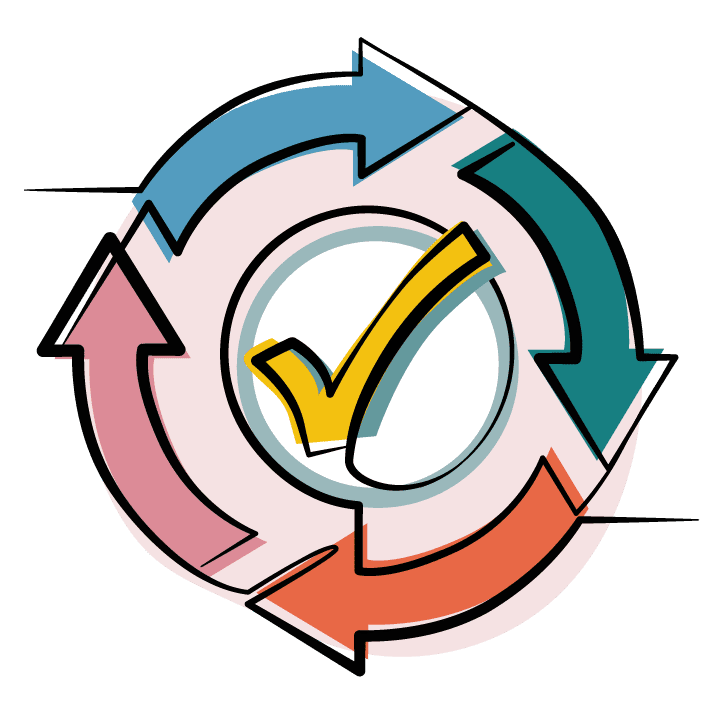
Stay in their eye line
The odds that they’ll want your product and service at the exact moment you contact them is slim so you need to stay top-of-mind. That’s where the daily posts, blogs and podcasts come in.
Be approachable
You want prospective clients to come to you without hesitation when they’re ready. This comes from the level of authenticity and accessibility you project.
So how can you make sure you’re leaving an impression?
The good news is that you don’t have to follow my exact strategy or process to be effective and stand out from the crowd. There are, however, three principles that I base all my actions on:
1. Humans are lazy
If they have to do any work to find out about you then they probably won’t do it. They won’t click on links you send, they won’t turn the sound up to watch your video (or watch it at all), they won’t google you, they won’t read past page one of anything you send them, etc.
2. Humans have selfish tendencies
If it’s not about them, they’re considerably less interested. This means they don’t care about what you offer, what you achieved, etc. They care about what’s in it for them and how their life will be easier.
3. Humans are easily distracted
If there’s something shinier out there then their attention will be drawn to that instead. This means that you have to be the shiniest object at that moment or just hope everything else is just dull.

Drawing from this, my top 10 tips for standing out are:

1.
Make sure you do all the legwork – don’t rely on the other person having to do anything
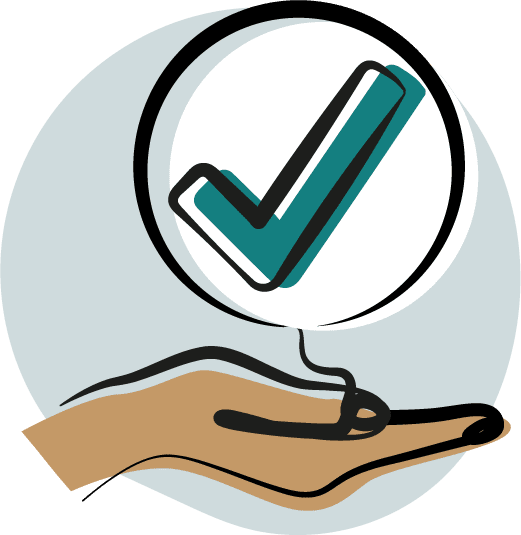
2.
Make everything as simple to access as possible – cut down words, links, presentations, etc.

3.
Make sure others see themselves in any communication you make – talk about their problems rather than your solutions

4.
Make sure your approach is novel – swim against the tide, do something memorable, think about the thud effect (see this webinar for more on that)

5.
Make sure you’re consistent – a single reach out can be easily missed so you need to be regular in what you do

6.
Try new things – think about what else you could be doing, don’t rest on your laurels

7.
Practice and refine – you won’t get things right the first time so keep testing and learning, particularly if results are just not happening
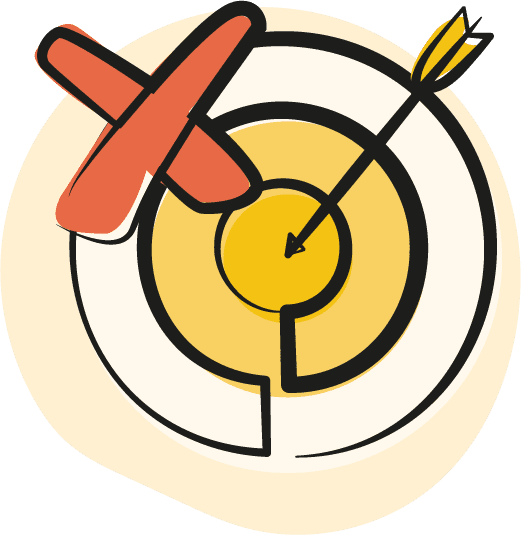
8.
Don’t get beholden on one specific thing – some things just don’t work out and dwelling on that can have a massive impact on all the other opportunities you could pursue
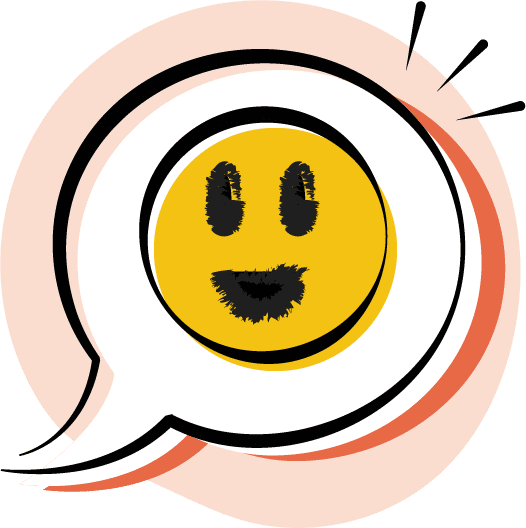
9.
Have fun – whatever outreach activity you do, pick something that you enjoy because if you’re not having fun then this will ooze into your approach
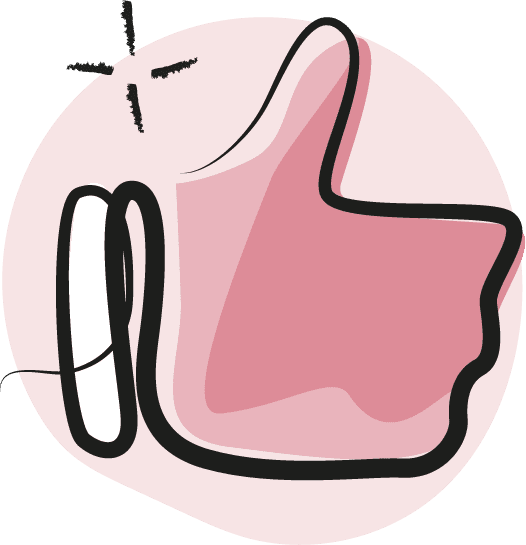
10.
Try not to despair – it’s about enjoying the process as much as the destination
Standing out is tough, but far from impossible
Unless you have some miracle product, a massive budget or a fairy godmother/father (all of which highly unlikely) then you need to put a process in place that’s novel, consistent and fun.
And above all else, be true to yourself and true to your brand. If you want more info on how to build an authentic brand, check out this article – or maybe consider joining TPC’s Catapult course. Either way, just make sure you’re challenging yourself to try new approaches and constantly refining what you do.
Faris is the CEO and Founder of Shiageto Consulting, an innovative consultancy that helps firms and individuals sharpen their effectiveness.
Think this sounds like the right path for you? Come along to our monthly Community Welcome Call for new members to find out what a portfolio career could look like and how The Portfolio Collective can help you take those first steps towards professional success – and don’t forget to connect with our community!





One response to “Ways to stay top of mind as a portfolio professional”
Great article 😉